Grow Your Own: Manure
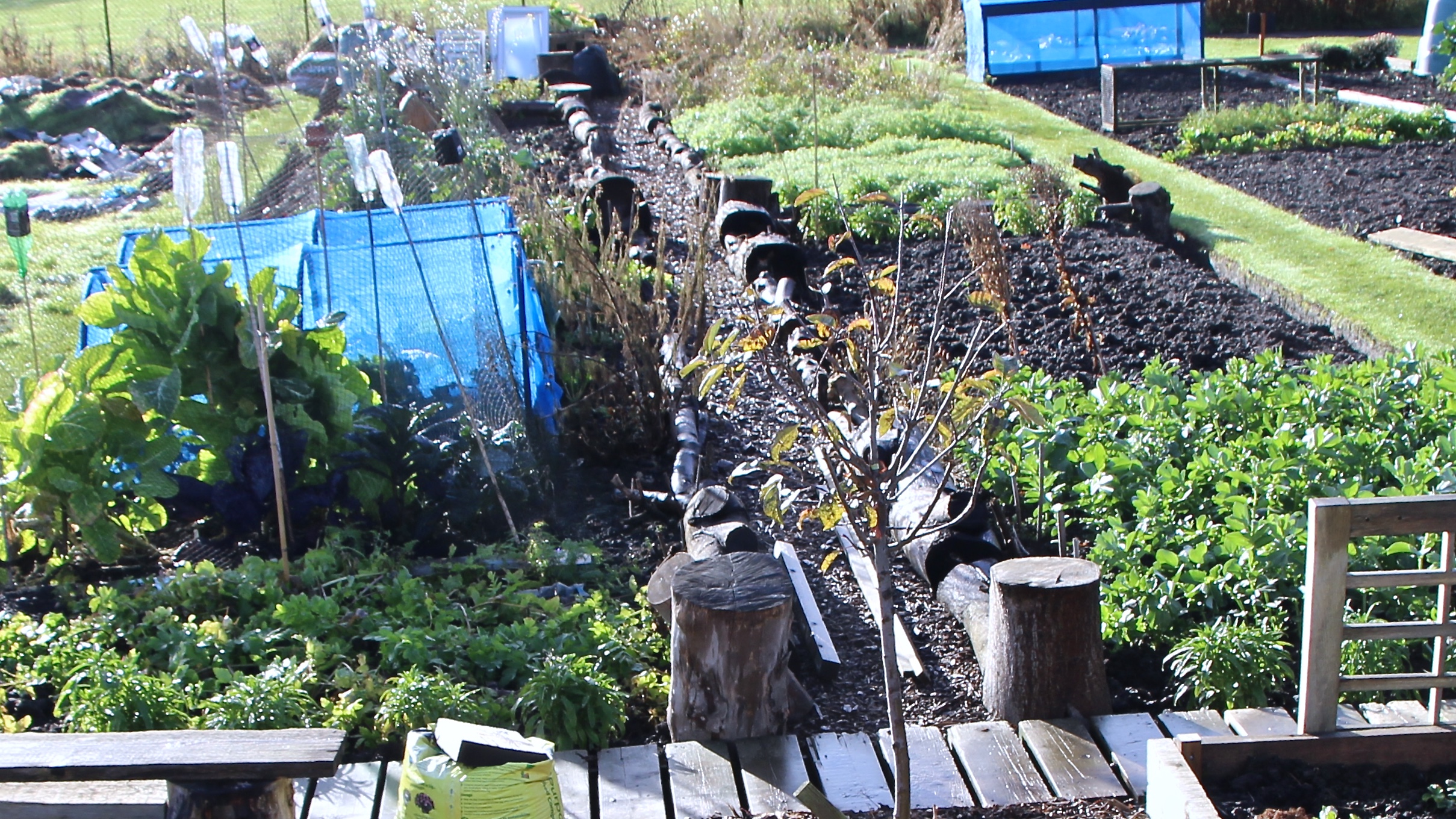
Forget lugging barrows and barrows of farm manure. Sprinkle a few green manure seeds.
Green Manure is 100% plant based, and adds goodness back into the soil when juvenile (stage before flowers set) green manure plants are chopped and turned in. The soil does get depleted off its nutrients, even after just one growing season. Growing Green Manure naturally and organically not only adds back much needed Nitrogen over the winter months but also helps stop bare soil from being eroded during wet winters and also help prevent annual weeds from establishing.
I’ve now been using Green Manure for 7 years and laid the (main pic) growing area in 4 sections, growing specific vegetable group in each section, followed by a different veg group the following year. This practice is known as ‘Crop Rotation’. As an organic gardener this practice also helps stop the build up of pest and disease in the garden or raised growing area.
Crop rotation and Green manure go hand in hand. But if you are short of growing space and have no other choice but to grow same crops near or close to where they previously grew, I will share a green manure for that situation too.
Follow this simple crop rotation (over 4 years): grow Brassica Group, followed by Potato Group, followed by Allium Group, followed by Legume Group and back to Brassica to repeat the cycle for the next 4 years. Therefore 4 beds have a specific Vegetable group and this makes choosing the green manure to sow to benefit the next group of vegetables.
My Favourite Green Manures To Use:
- Before growing any Brassica crop, eg Cabbages, Cauliflower, Kale (which require ample amount of nitrogen); grow Field Beans green manure over the winter months. This variety not only draws up nitrogen from the soil (held in the roots), later released when plants are cut down before they set flower but helps break up clay soil as they deep roots go down in search of the nutrients.
- Prior to growing any Legume crops like Peas and Runner or French Beans sow Forage Rye or Italian Ryegrass over the previous winter months. It is another nitrogen fixer. The reason why I use this as my overwinter green manure in this section and not field beans is because both field beans and (eg.) runner beans are off the same legume family. (Avoid using same family green manure, as the crop to follow, will not benefit from it). Use a different green manure variety which adds nitrogen back when green manure is turned in and allowed to rot down for a couple of weeks prior to sowing Beans and Peas.
- Caliente Mustard 199 is another overwintering favourite of mine. Once this green manure is turned in, it is followed by the Allium Veg Family, namely Garlic and Onions. This Green manure has natural biofumigant properties and natural gases are released when turned in, which help suppress soil-bourne pest and diseases. That said, after the last of the Brassica crop is harvested, I will use this fast growing green manure again in spring, instead of allowing the soil to sit bare before the seed Potatoes are planted out.
- Last but not the least Phacelia green manure is my favourite all rounder. Since its a quick growing variety, soil does not need to remain bare, allowing weed seeds to settle and take hold in between summer sowing of crops. In mild areas, it can be overwinters. To my surprise it even managed to shake of snow. This is the one green manure I recommend to use if you growing space is small and after all crops are harvested in Autumn. Instead of covering the raised area with polythene to stop weed taking hold grow Phacelia. It will not only add nutrients back, but suppress weeds and prevents soil erosion.
These 5 have not only helped benefit my clay ridden plot, naturally, by adding humus (as Green manure breaks down), but it has opened up the soil structure, stopped soil from capping/eroding and Green Manure supports beneficial insects and pollinating wildlife. These are some of the main reasons why I grow and use Green Manure.
Do you grow Green manure? Which are your favourite varieties to grow?

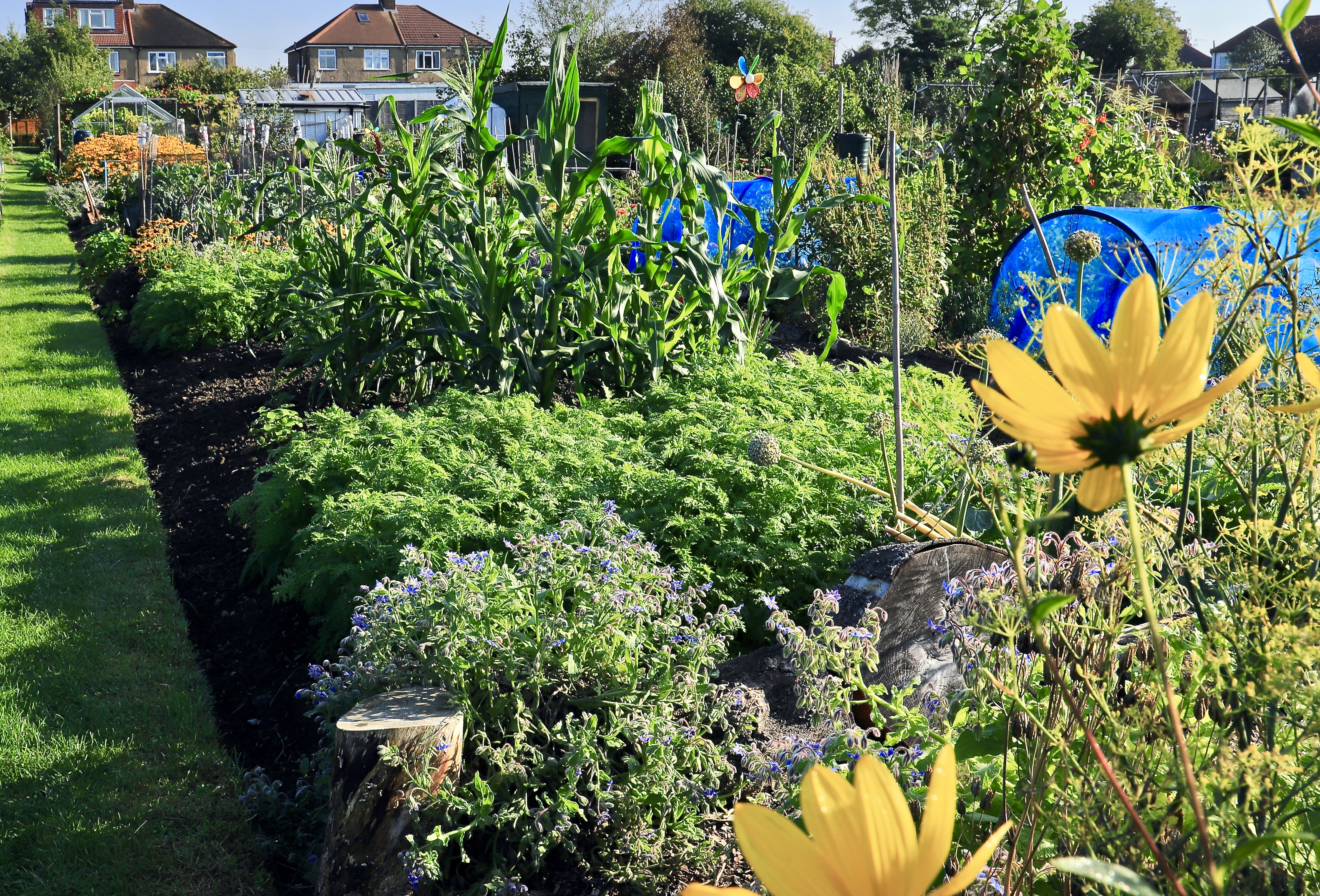
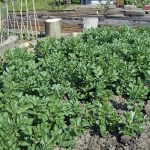
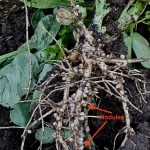

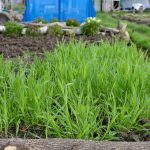



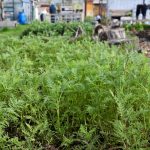

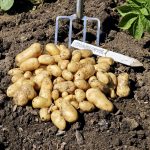
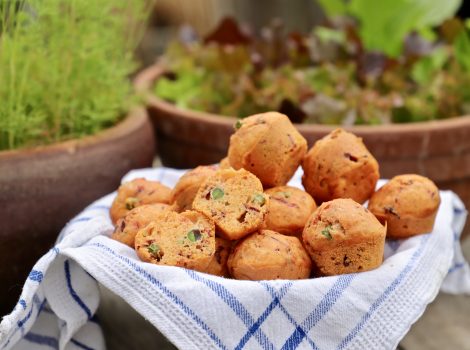
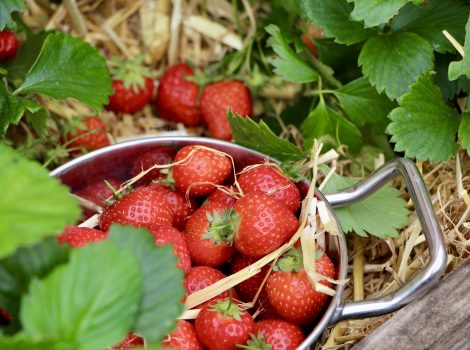

What dated do you sow green manure and what part of the country do you garden in?
Hello John. All over winter green manure varieties I grow are sown by mid October at the latest. To give the seeds enough germination time.
I am located in NW London, UK
I have sown yellow mustard recently which is already about 6 cm high, was it a good idea before a tomato crop will go in next May.
Hello J Evans. If you mean by ‘Mustard Green’ then that is a half hardy variety. If there is hard frost it may not survive. Saying that I grew Phacelia overwinter and it survived the snow too. If it does die back you can sow in March since its a quick growing manure and you can turn it in 2 weeks before planting out the Tomato plants.
With any Green Manure: As long as the plants do not go to flower the height of plants is fine. It has been particularly warm so the plants will grow at any incredible rate. They will soon slow down.